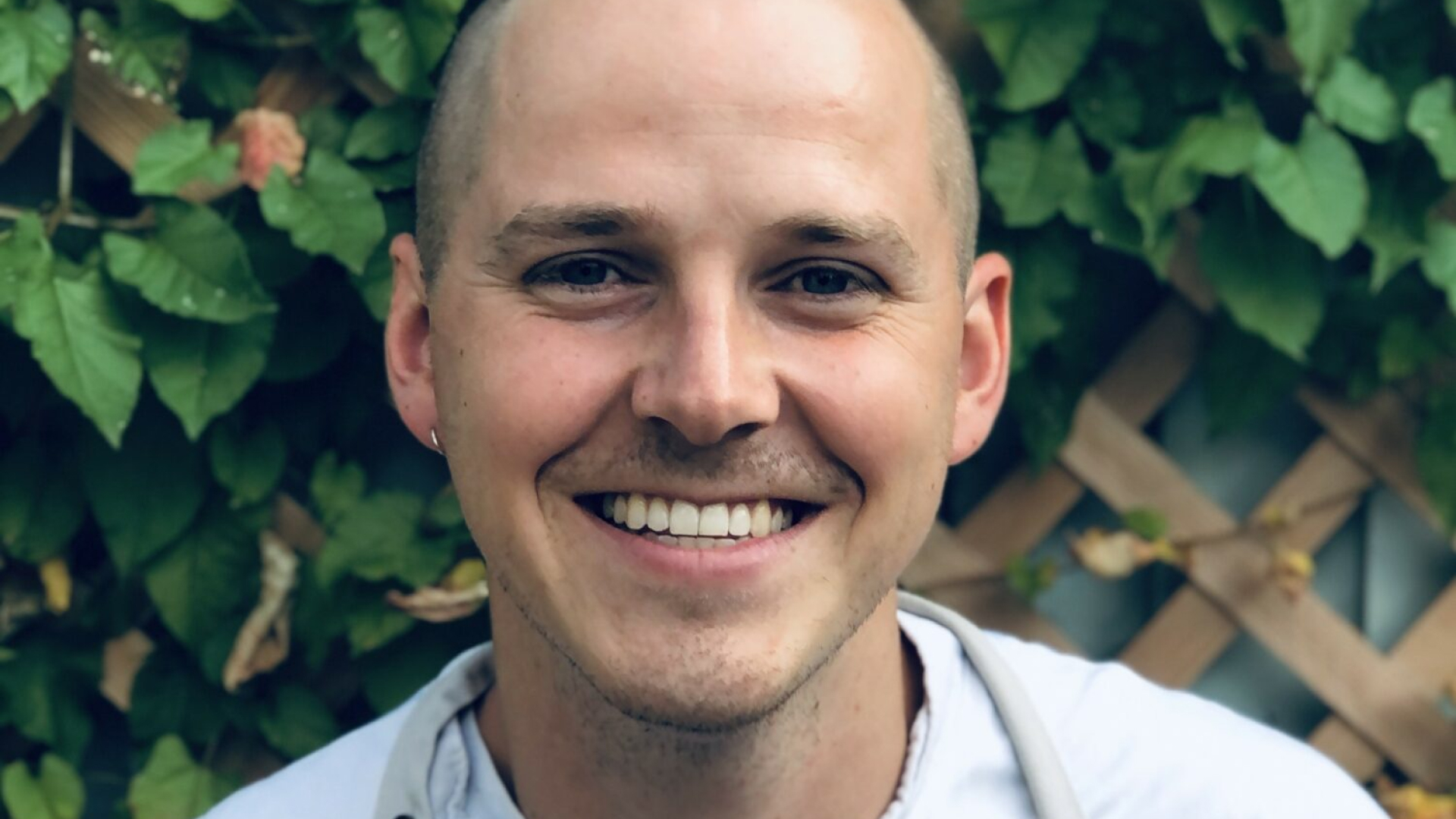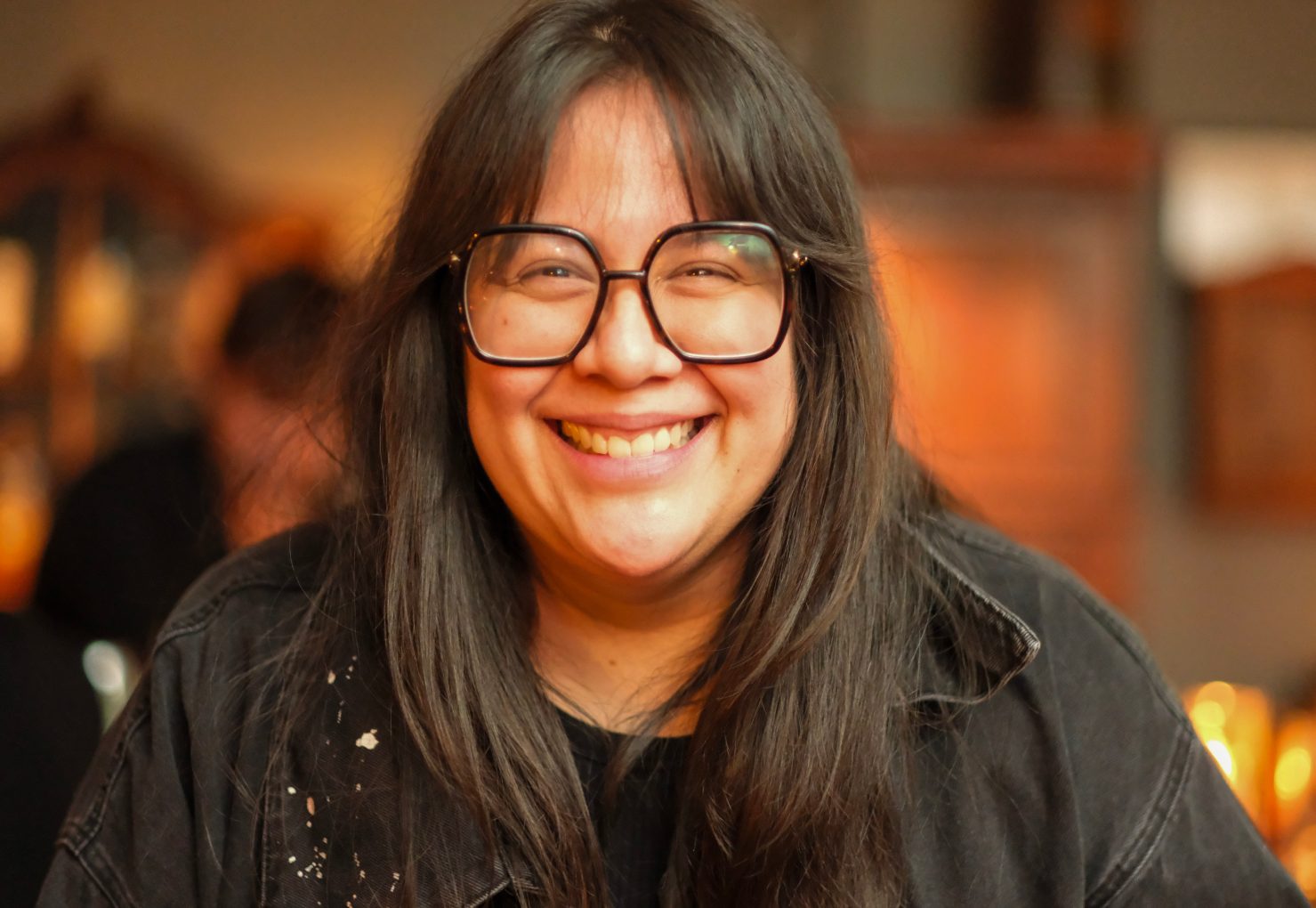5 Questions with Sarah Knight
Sarah Knight’s resume would read like the title of a John Le Carré novel, if Le Carré wrote about food: Waiter, Chef, Butcher, Rancher. But in that list of jobs is a far more interesting story of an aimless American teenager who fell into restaurant work as a last-ditch effort at developing something resembling a work ethic, only to discover that she loved the hustle, and then, after ten years working front of house, that she loved cooking even more. At the relatively late age of 28, Sarah entered culinary school, and eventually got a job working in the luxurious restaurant of the Baltimore Four Seasons hotel. But something still gnawed at her. “I got to learn from some Michelin-starred chefs,” she says, “but I also started to realize that I didn’t really know anything about where our food came from.” And that is where her story really begins.
–
You’ve had a pretty unusual professional trajectory, from waiter to chef to rancher to educator. That leap from chef to rancher is especially interesting. How did that happen? What drew you to working with livestock in particular?
“Towards the end of my experience at The Four Seasons, I was working with the kind of high-end clients who want the absolute best and are willing to pay for it, which is fantastic. But that often results in a lot of waste, and I was becoming very disheartened by that. And simultaneously, I was feeling the same way about not having any real connection to our food. So I decided to leave, and started a livestock apprenticeship at a nonprofit organic farm that donates everything to soup kitchens in Philadelphia.”
“I chose to work with livestock because there is a widely held opinion that raising animals for food only happens in a negative manner —that includes how it pertains to the labor conditions of the humans working with them, to the health of the land and also to how the animals are handled. In some of the reading that I was doing, however, it became apparent that the way that we’re doing it, especially in the United States is not the way that it has to be, that there are ways to raise animals humanely, to slaughter them in a stress-free manner and to raise them on pasture that mimics their natural way of living and is beneficial for the earth. I really wanted to dive into that.”
After your apprenticeship, you went on to work on a ranch out west, and then you took a job at a startup that sold directly to customers meat that it had raised on pasture and slaughtered on site, where you honed your skills as a butcher. And after all that, you came to MAD. What made you want to attend Academy?
“It was one of those things where, the more I learned, the more I realized I don’t know anything. I was becoming an expert how the natural world pertains to our food, but I could recognize that those are things that ultimately the people at MAD Academy— the chefs and ecologists and foragers— had been learning and thinking about for years. I looked at other courses at accredited universities and places like that, but the way they were teaching was very classroom oriented, very textbook, with the same material that’s been taught for the last five decades. I knew immediately that what was being taught at MAD was different.”
You recently started a new job as a chef and educator at Deep Springs College, which is a small liberal arts school in California where students combine their academic education with labor–including running the ranch and farm where the school is based. Have you been able to apply what you learned at Academy?
“One of the things I really appreciated at MAD was when one of the students asked should we just not eat meat, and Ed [Romein, manager of the Environment and Sustainability program] responded by saying, ‘no, you need to look further. If eating meat is important to you then you need to do the research to find out how to do it in a good way.’ I feel like that’s what we’re trying to do here at Deep Springs. We run a cattle ranch and the soil tests show that the land management that we do here has very beneficial for soil. There are meat chickens that we raise onsite, and laying chickens, and dairy cows, and a big vegetable garden. The students work in all these areas, and I’m the chef–I oversee the kitchen operations as well as dairy production, baking, and fermentation. But it’s not just about food; after I took the MAD course my eyes were also opened to so much more about sustainability in hospitality than I had even considered. I hadn’t thought about waste management or energy use. I haven’t been here long enough to implement that yet, but they’re definitely interested in doing that, and it’s fantastic to be able to utilize all of these skills and knowledge.”
When you talk about meat and sustainability now with your students and with the broader public, how do you approach it?
“You always have to have some tact, because food is very personal to people, and there’s something that makes you want to dig your heels in when someone tells you that the way you eat is wrong. And cattle ranching or animal husbandry can be especially polarizing. But you can talk about how natural systems—before we stepped in and messed them up—are themselves very circular, and how there is a place for death in the natural world.”
“You can also raise meat better. We use holistic grazing, and don’t let the animals sit on one pasture for too long. We also make sure to handle them in a way so they’re not stressed, and we slaughter on site. It does seem clear that factory farming and the global system at large is harmful for the planet, and I don’t have a complete solution. But the more regionalized we can make our food systems, the more we can keep them within our communities, the less damage that we’ll do.”
“There’s one other thing. We have a tendency, especially in the United States, to think bigger is better and to overconsume everything. So another solution, as a lot of people in my circles say, is that we eat less meat, but better meat. That we know our farmers and don’t just go into Costco and buy ten chickens worth of meat at one time. That to me is the biggest lesson: that we should be conscious about the food we consume.”




